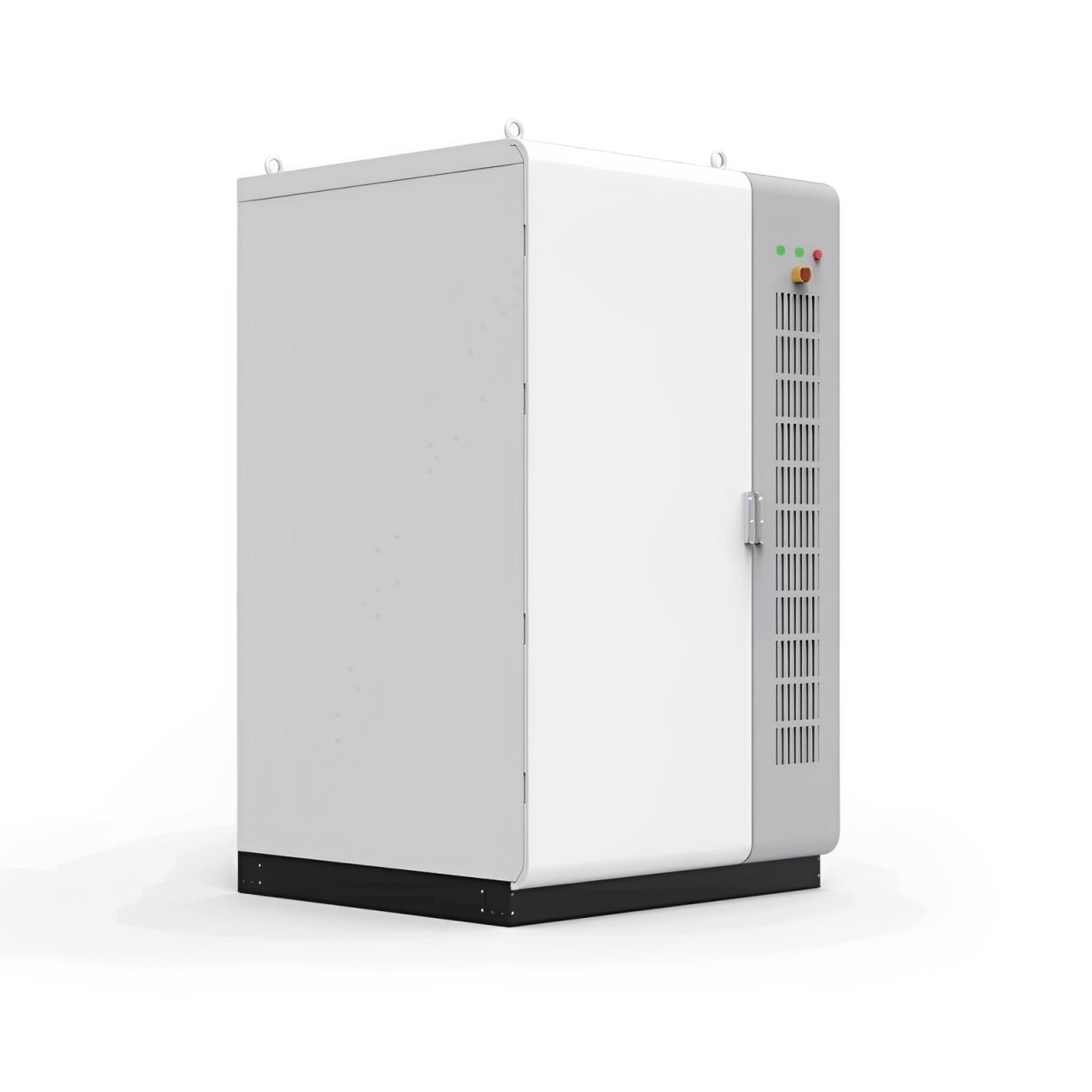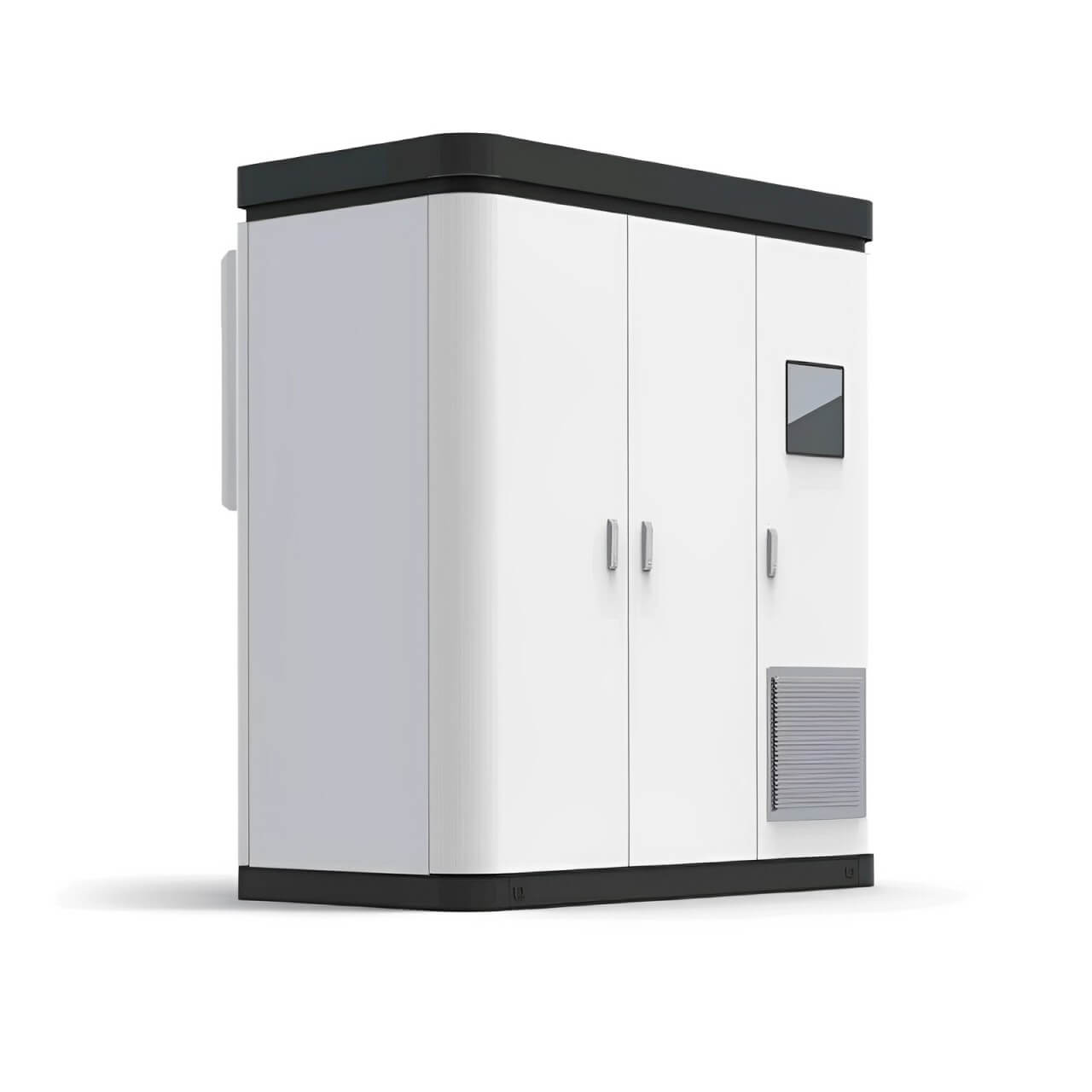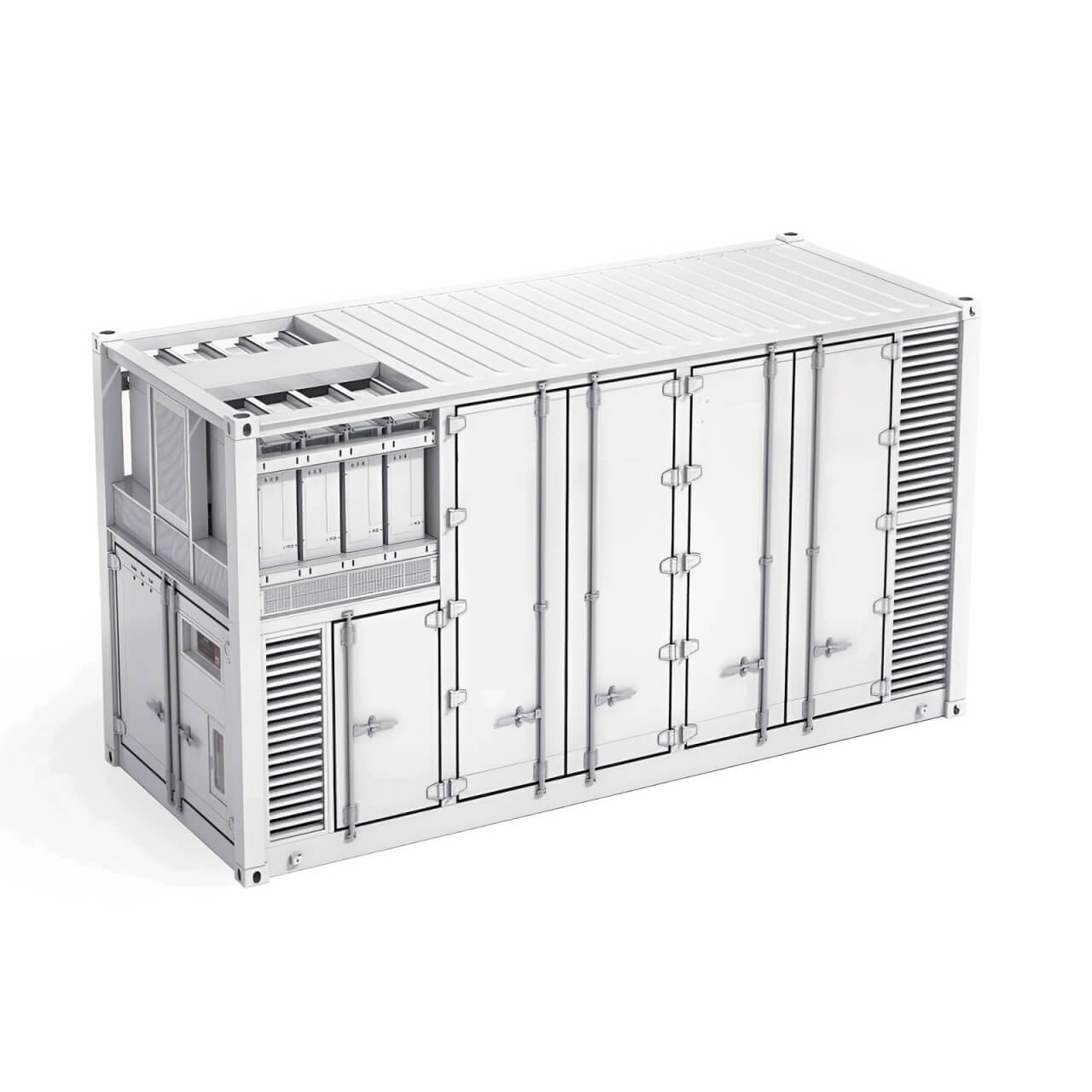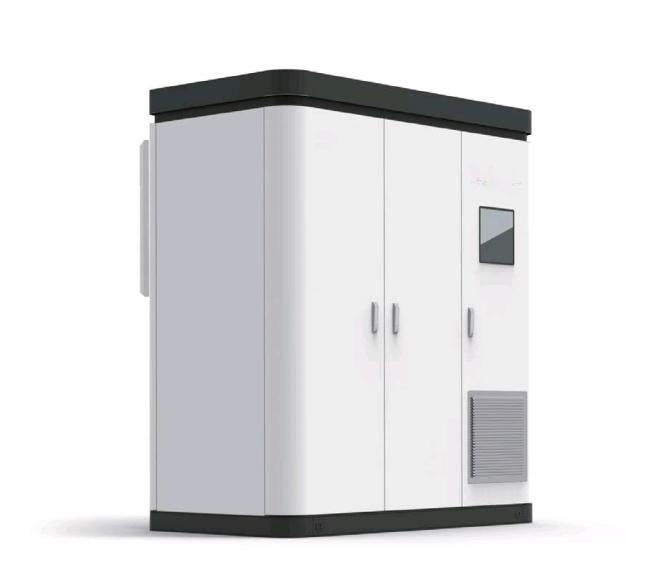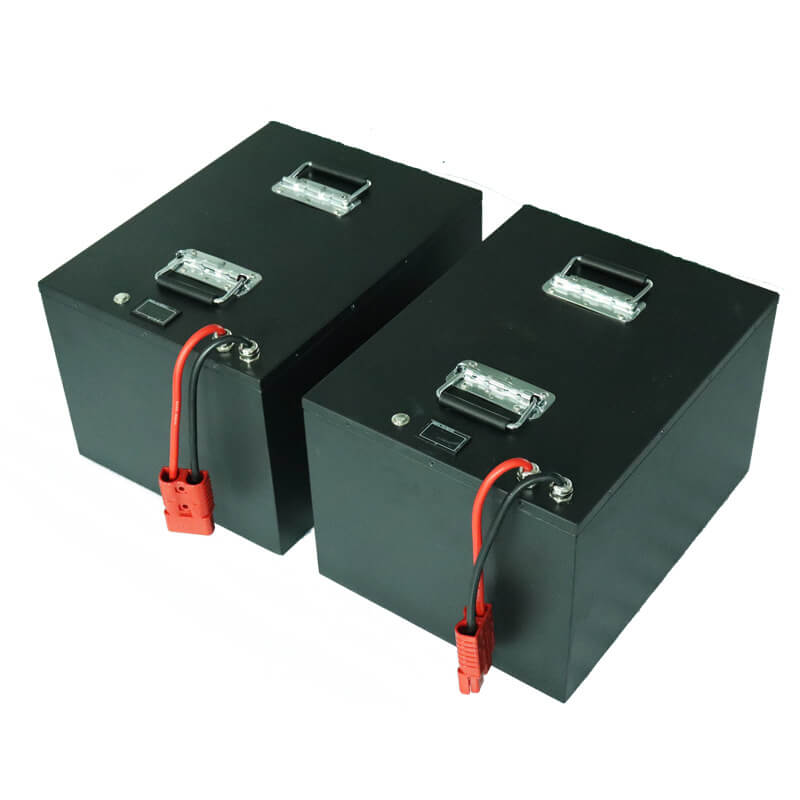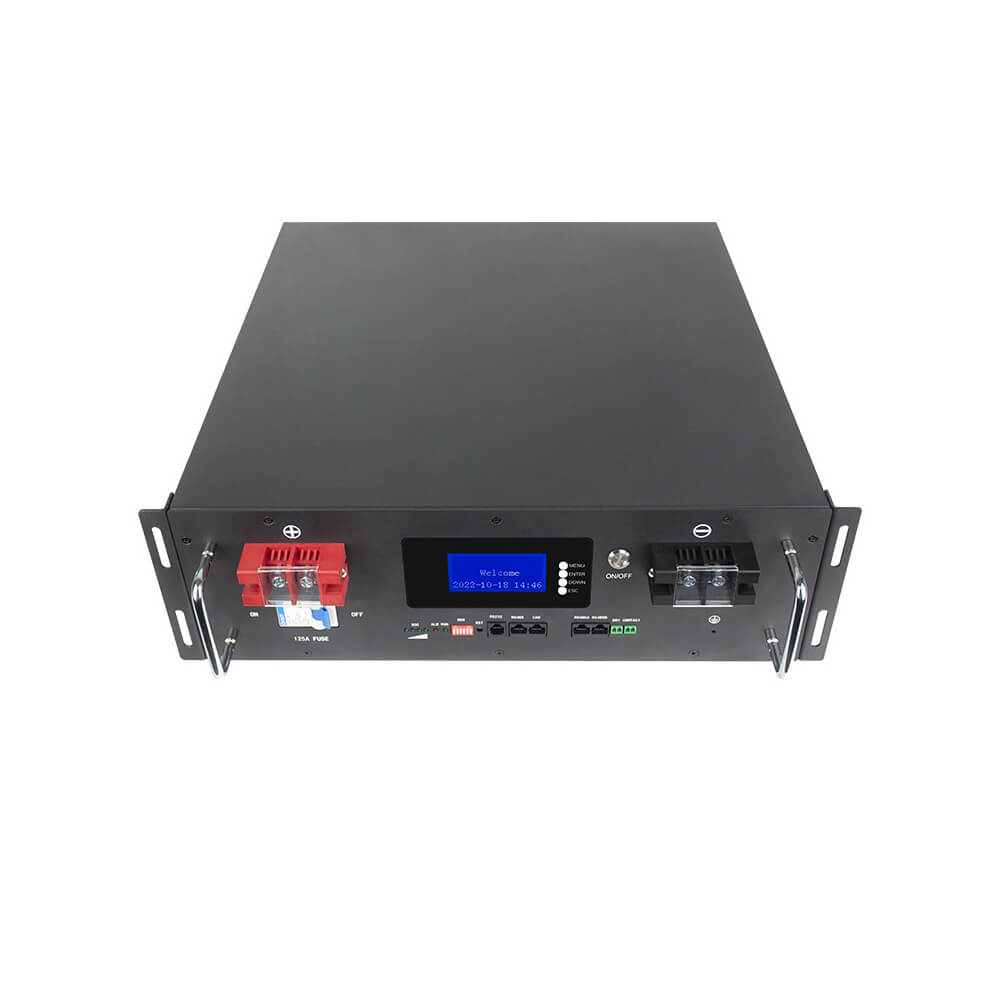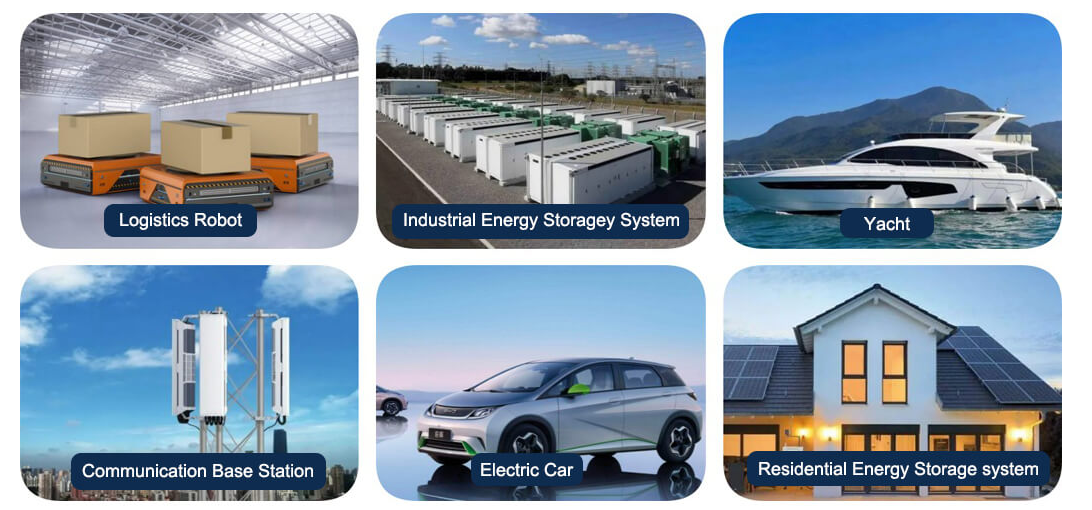What are the electrolytes for the different types of batteries?
Electrolytes act as catalysts that make batteries electrically conductive by facilitating the movement of ions from the cathode to the anode during charging and vice versa during discharging. Ions are charged atoms that have lost or gained electrons, and the electrolyte of a battery consists of soluble salts, acids, or other bases in liquid, gelatinous, and dry forms. Electrolytes are also derived from polymers such as those used in solid-state batteries, solid-state ceramics, and molten salts such as sodium-sulfur batteries.
Lead-acid batteries
Lead-acid batteries use sulfuric acid as the electrolyte. When charged, the acid becomes denser as lead oxide (PbO2) forms on the positive plates and then becomes almost water when fully discharged. Lead-acid batteries are available in overflow and sealed forms and are also known as valve-regulated lead-acid (VRLA) or maintenance-free.
Sulfuric acid is colorless, slightly yellowish-green, soluble in water, and highly corrosive. Anode corrosion or water entering the battery pack may rust, resulting in a yellowish color.
Lead-acid batteries have different specific gravities (SG). Deep cycle batteries use a dense electrolyte with an SG of up to 1.330 to achieve high specific energy, starter batteries have an average SG of about 1.265, and stationary batteries have a lower SG of about 1.225 to moderate corrosion and extend service life.
Sulfuric acid has a wide range of applications and is found in drain cleaners and various cleaning agents. It also serves in mineral processing, minerals processing, fertilizer manufacturing, oil refining, wastewater treatment and chemical synthesis.
Nickel-Cadmium (NiCd) Batteries
The electrolyte in NiCd batteries is an alkaline electrolyte (potassium hydroxide). Most NiCd batteries are cylindrical, in which several layers of positive and negative materials are rolled into a jelly roll. Flooded NiCd batteries are used as marine batteries in commercial airplanes and in UPS systems that operate in hot and cold climates that require frequent cycling. Nickel-cadmium is more expensive than lead-acid, but lasts longer.
Nickel Metal Hydride (NiMH) Batteries
NiMH uses the same or similar electrolyte as NiCd, usually potassium hydroxide. NiMH electrodes are unique, consisting of nickel, cobalt, manganese, aluminum, and rare earth metals that are also used in lithium ion. NiMH is only available in a sealed version.
Potassium hydroxide is an inorganic compound with the general formula KOH, commonly known as caustic potash. The electrolyte is colorless and has many industrial applications such as an ingredient in most soft and liquid soaps.
Lithium-ion (Li-ion) Batteries
Lithium-ion batteries use liquid, gel, or dry polymer electrolytes. The liquid form is a flammable organic form, rather than an aqueous form, and is a solution of lithium salt formed with an organic solvent similar to ethylene carbonate. Mixing the solution with various carbonates provides higher conductivity and extends the temperature range. Other salts can be added to minimize outgassing and improve high temperature cycling.
Lithium ions with gelled electrolytes receive many additives to increase conductivity, as do lithium polymer batteries. True dry polymers are conductive only at high temperatures, and this battery is no longer used commercially. Additives are also added to achieve long life and unique characteristics. Formulations are categorized and each manufacturer has its own secret formula.
Electrolytes should be stable, but this is not the case with lithium ions. A passivation film forms on the anode called the solid electrolyte interface (SEI). This layer separates the anode from the cathode, but allows ions to pass through like a spacer. Essentially, the SEI layer must form for the battery to work properly. The film stabilizes the system and extends the life of the lithium-ion battery, but this can lead to reduced capacity. Electrolyte oxidation also occurs at the cathode, which permanently reduces capacity.
To prevent the film from becoming too confined, additives are mixed into the electrolyte consumed during the formation of the SEI layer. It is difficult, if not impossible, to trace their presence when performing test evaluations. This makes proprietary additives a trade secret, both in terms of their composition and the amount used.
One well-known additive is vinyl carbonate (VC). This chemical improves the cycle life of lithium ions, especially at higher temperatures, and maintains low internal resistance with use and aging.VC also maintains a stable SEI film on the anode, and electrolyte oxidation has no undesirable side-effects on the cathode (Aurbach et al.) Supposedly, the academic and research communities are lagging behind battery manufacturers in their knowledge and selection of additives, so there is a big secret.
For most commercial lithium-ion batteries, the SEI layer will decompose at battery temperatures of 75-90°C (167-194°F). The type and state of charge (SoC) of the battery can affect breakdown at high temperatures. If not properly cooled, self-heating behavior may occur, leading to thermal runaway. Laboratory tests on 18650 cells have shown that this thermal event can take up to two days to develop.
The flammability of lithium-ion electrolytes is a further concern and experiments have been conducted to produce non-flammable or reduced flammability electrolytes through additives or the development of non-organic ionic liquids, as well as studies to operate lithium-ion batteries at low temperatures.

 简体中文
简体中文 Russian
Russian French
French German
German Japanese
Japanese Korean
Korean Arabic
Arabic Spanish
Spanish